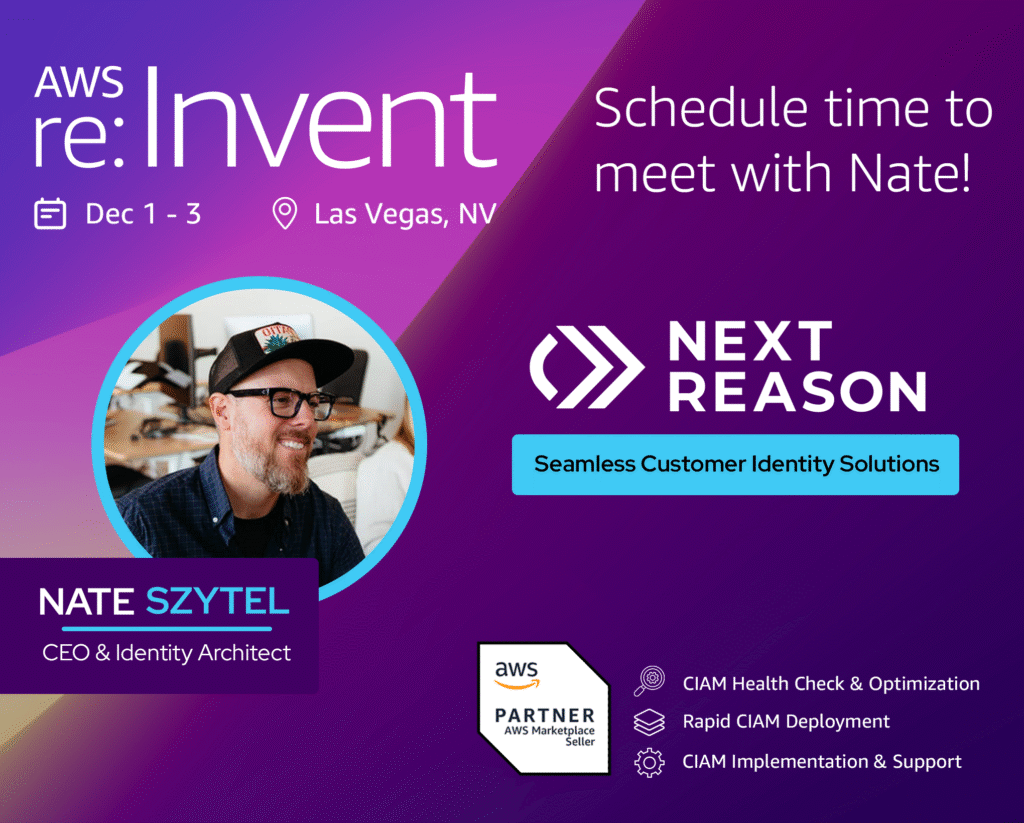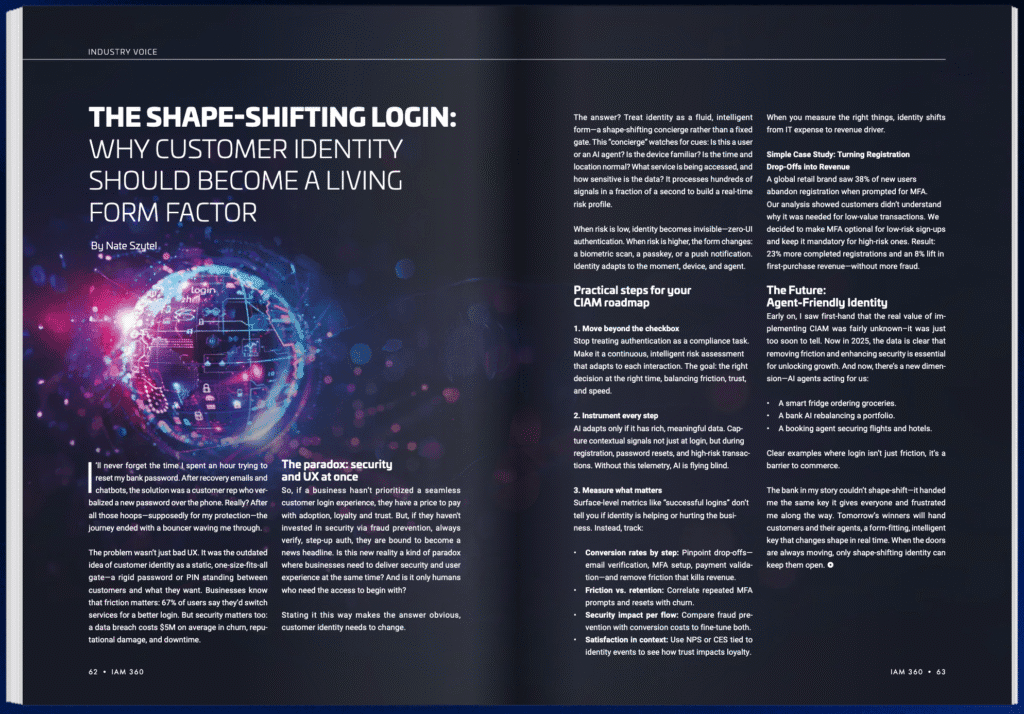Take Customer Identity from Cost Center to Revenue Driver
Expert customer identity solutions to navigate the complexity and security in our evolving AI-led world with a trusted team that accelerates outcomes and scales with your business.
Compliance you can trust:






50+ Million Identities Managed
Securely migrated, integrated, and maintained over 50 million customer records for global brands
Trusted by Leading Enterprises
Partnered with 20+ major organizations to transform their identity strategy and operations
Serving Clients Across Continents
Delivered CIAM solutions in multiple countries with local expertise in the US, Brazil, and the Philippines
Hundreds of Applications Migrated
Seamlessly transitioned hundreds of applications to modern CIAM platforms—on time and on budget
CIAM Services
Structured and Battle-Tested Service Packaging
Our Structured and Battle-Tested Service Packaging offers ready-to-deploy, meticulously crafted CIAM solutions. Leveraging our vast experience, these packages address common challenges, ensuring you get a robust, scalable, and secure solution that works out of the box.
Advisory
Actionable roadmaps, thorough risk assessments, and future-proof strategies that not only align CIAM initiatives with your business objectives, but also drive security, efficiency, and scalability. Learn more >>
Support
Fully managed or fully integrated ITIL4 certified 24/7 monitoring, incident response, and proactive optimization to support your team, apps, vendors, and technologies. Learn more >>
Implementation
Smooth and secure transition of your identity data, workflows, services, and applications. We eliminate migration risks while unlocking the full benefits of modern cloud CIAM. Learn more >>
Managed
Pre-packaged, fully managed CIAM service and technology. We manage your customer identity ecosystem end-to-end including cloud hosting, hybrid, on-prem, or vendor managed. Learn more >>
Let Some Our Work Speak For Us
Electronics and Healthcare Company
Case Study: Onsite Training, Enablement, and Implementation

- Sr. Solutions Architect
Technology and Cybersecurity Provider
Case Study: Extending Global Service Reach

- Sr. Practice Manager, CIAM
Global Pharmaceuticals
Case Study: CIAM Implementation Across Borders

- Digital Product Owner
Global Energy Provider
Case Study: CIAM Digital Transformation

- Global Customer Identity Support Operations Leader
Customer Identity Insights
A shortcut to the latest insights, trends, though-leadership, events, and company updates.
The High Cost of Compromised Identity
Every day, thousands of your customers face threats that put their personal data—and your business's reputation—at risk.
Unmatched Expertise in Key Areas
Your trusted customer identity partner, we excel in all critical CIAM topics to provide exert customer identity services. From intricate challenges to tailored requirements, we deliver unmatched expertise in every facet of CIAM.
Frictionless and Secure Authentication
Users expect fast, seamless logins—especially on mobile—but businesses also need to protect against fraud. Key features: Passkeys, Passwordless login, biometrics, adaptive MFA, social login.
Identity Verification and Fraud Prevention
Verifying user identities during registration or high-risk actions helps prevent fake accounts and account takeovers. Key features: KYC integrations, document scanning, risk-based verification, bot detection.
Consent and Privacy Mgmt
Compliance with privacy laws (GDPR, CCPA, etc.) is mandatory and customers care about how their data is handled. Key features: Granular consent tracking, data portability, user dashboards for managing preferences.
Scalability and Performance
Businesses need identity systems that can handle millions of users with low latency across regions and devices. Key features: Cloud-native architecture, edge authentication, elastic scaling.
Personalized User Experiences
Identity data can drive better UX and revenue through personalization and segmentation. Key features: Progressive profiling, identity-driven recommendations, custom onboarding flows.

FREE DOWNLOAD
5 Signs your CIAM Platform Needs Immediate Attention
This free guide offers a clear framework to assess the health and impact of your current identity setup. Next Reason helps navigate the complexities through expert customer identity services.
Customers We've Worked With









NEXT IDENTITY
No-Code CIAM for Business Users
Our platform, Next Identity, is built from a decade of enterprise experience. It’s the no-code CIAM platform that finally puts business users in charge of customer journeys and conversion.

Contact Us Today
Take the next step in securing your identity ecosystem. Contact us to learn how our expert customer identity services can benefit your organization.















